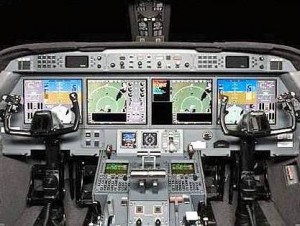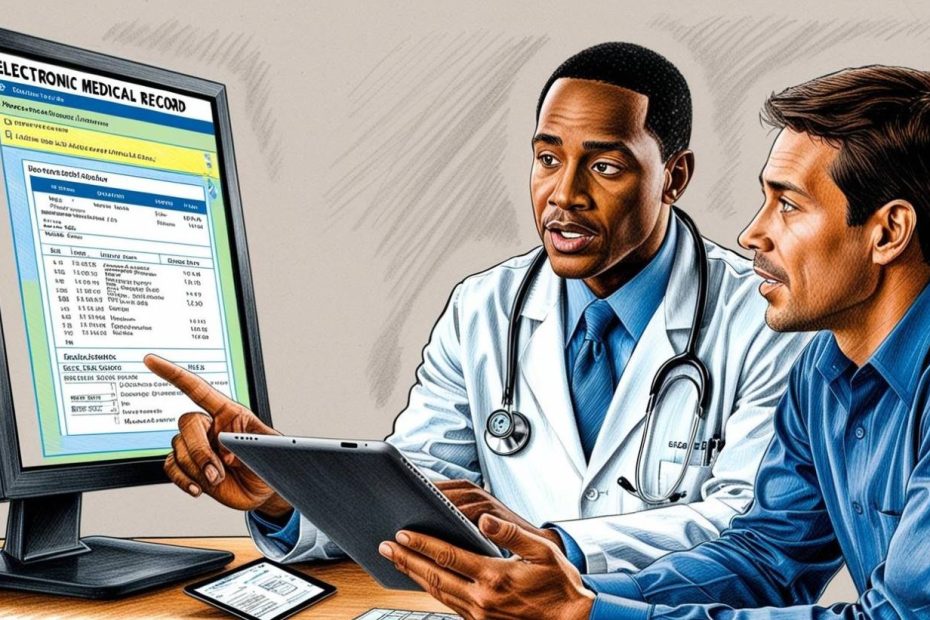 In the world of patient safety, we’re constantly reinforcing the importance of teamwork and communication, both among clinicians and with patients. That’s because we know that patient harm so often occurs when vital information about a patient’s care is omitted, miscommunicated or ignored.
In the world of patient safety, we’re constantly reinforcing the importance of teamwork and communication, both among clinicians and with patients. That’s because we know that patient harm so often occurs when vital information about a patient’s care is omitted, miscommunicated or ignored.
Yet for all we do to improve how humans work together, clinicians compete against an environment in which there is very little teamwork or communication among the technologies that they need to care for patients. And there’s little that clinicians or hospitals alone can do about it.
Take, for example, the plethora of alarms from cardiac monitors and other devices that compete for clinicians’ attention. Vendors act as if we are in an alarm race, with each making their devices’ beeps more annoying but no clear prioritizing of the most important alarms. A study on one 15-bed Hopkins Hospital unit a few years ago found that a critical alarm sounded every 92 seconds. As a result, nurses waste their precious time chasing an ever-growing number of false alarms—or becoming desensitized to false alarms and ignoring them. Across the country, this has had tragic consequences, as patients have died while their alarms went unheeded. (Read a 2011 Boston Globe series about this issue.)
In most other high-risk industries, such as aviation and nuclear power, technologies are integrated. They talk to each other, and they automatically adjust based on feedback. Indeed, because of systems integration, pilots fly a small amount of a flight, and even in some treacherous situations, they hand over the reins to the autopilot. Although Southwest Airlines or the U.S. Air Force can buy a working plane, you cannot buy a working hospital or ICU. You must put it together yourself.Read More »Why can’t the ICU be more like a cockpit?


 In the world of patient safety, we’re constantly reinforcing the importance of teamwork and communication, both among clinicians and with patients. That’s because we know that patient harm so often occurs when vital information about a patient’s care is omitted, miscommunicated or ignored.
In the world of patient safety, we’re constantly reinforcing the importance of teamwork and communication, both among clinicians and with patients. That’s because we know that patient harm so often occurs when vital information about a patient’s care is omitted, miscommunicated or ignored.